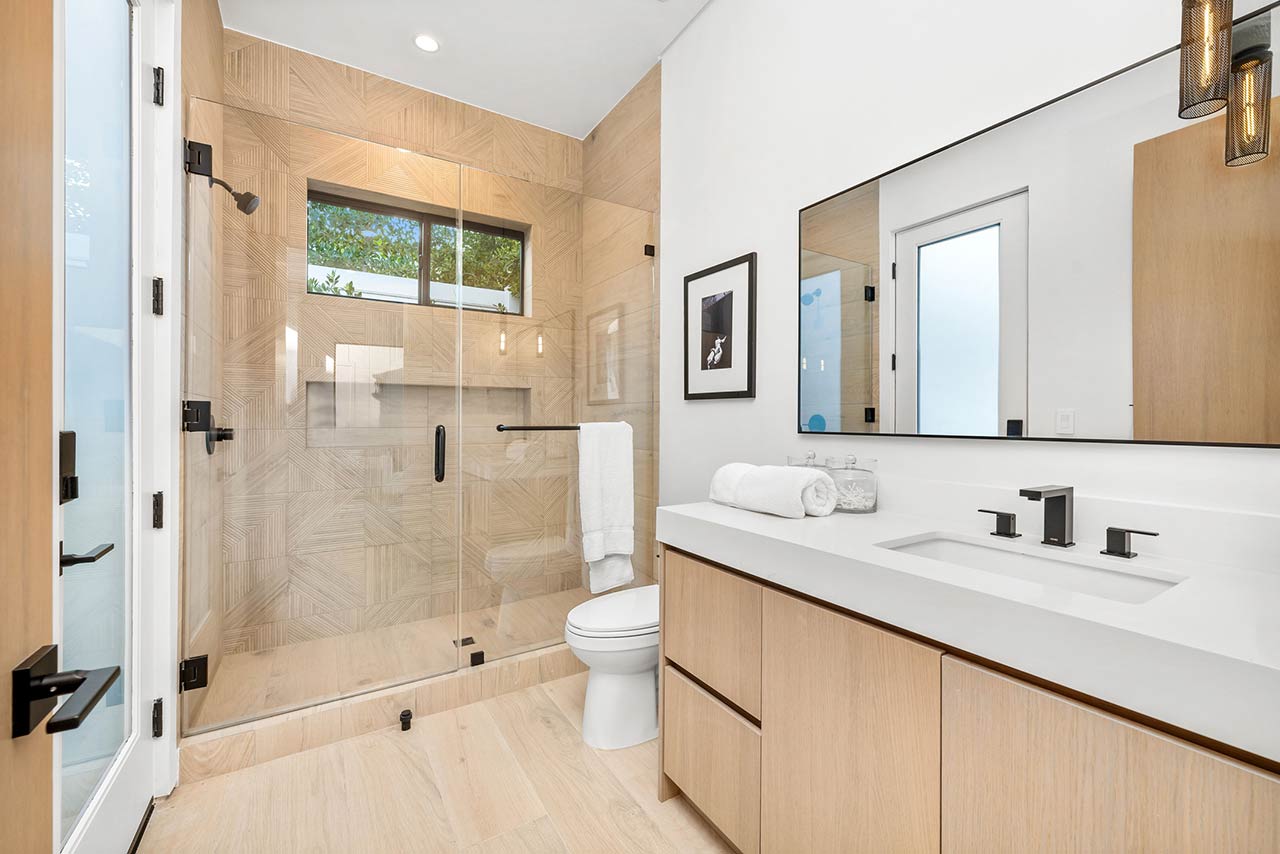
Remodeling a bathroom is one of the most rewarding home improvement projects you can undertake. Whether you’re updating a tired, outdated space or reimagining a bathroom to better suit your lifestyle, the transformation can be dramatic—not to mention a great boost to your home’s value. But before you start swinging a sledgehammer, it’s important to understand what goes into a successful bathroom remodel. Here’s a breakdown of the key elements to consider.
1. Start With a Plan
A bathroom remodel isn’t just about picking pretty tiles and new fixtures. It starts with a clear plan that addresses both function and style. Ask yourself:
Sketch out your ideas or work with a designer to ensure your vision is both beautiful and practical.
2. Set a Realistic Budget
The cost of a bathroom remodel can vary widely—from a few thousand dollars for a simple refresh to tens of thousands for a full gut job with high-end finishes. Be realistic about what you can spend and always include a 10-20% cushion for unexpected costs. Major expenses often include:
3. Don’t Underestimate Plumbing and Electrical
Changing the layout of your bathroom (moving a toilet, for example) can significantly increase the cost and complexity of the job. If possible, keep plumbing in the same location to save money. Updating electrical work is also essential—especially if your home is older. Make sure outlets are up to code, lighting is sufficient, and everything is safe and modern.
4. Choose Durable, Water-Resistant Materials
Bathrooms are high-moisture environments, so select materials that can stand up to humidity and water exposure. Look for:
5. Maximize Space and Storage
Bathrooms often have limited square footage, so every inch counts. Consider space-saving features like:
Also, think vertically—use the height of the room for storage and design opportunities.
6. Lighting Matters
Good lighting is essential in a bathroom, both for function and ambiance. Include a mix of lighting sources:
Consider installing dimmers for added flexibility.
7. Don’t Skip Ventilation
Proper ventilation is critical to prevent mold and moisture damage. A high-quality exhaust fan with a timer or humidity sensor is a must—especially in bathrooms without windows.
8. Timeline and Disruption
Even a small bathroom remodel can be disruptive, especially if it’s your only bathroom. Set a realistic timeline and prepare for some inconvenience. Hiring experienced professionals can help minimize delays and stress.
9. Hiring the Right Professionals
If your remodel involves significant plumbing, electrical, or structural changes, working with licensed contractors is crucial. Ask for references, verify credentials, and get detailed quotes in writing. If you’re doing a DIY project, know your limits and when to call in the pros.
10. The Finishing Touches
Once the big items are in place, personalize your bathroom with thoughtful touches:
These details help turn a functional room into a space you’ll love.
Bottom-line
A bathroom remodel is a worthwhile investment that can enhance your daily routine and your home’s value. By planning carefully, budgeting wisely, and choosing the right materials and team, you can create a space that’s both beautiful and built to last. Whether you’re dreaming of a spa-inspired retreat or a sleek, modern update, understanding the ins and outs will help ensure a smooth and satisfying renovation.